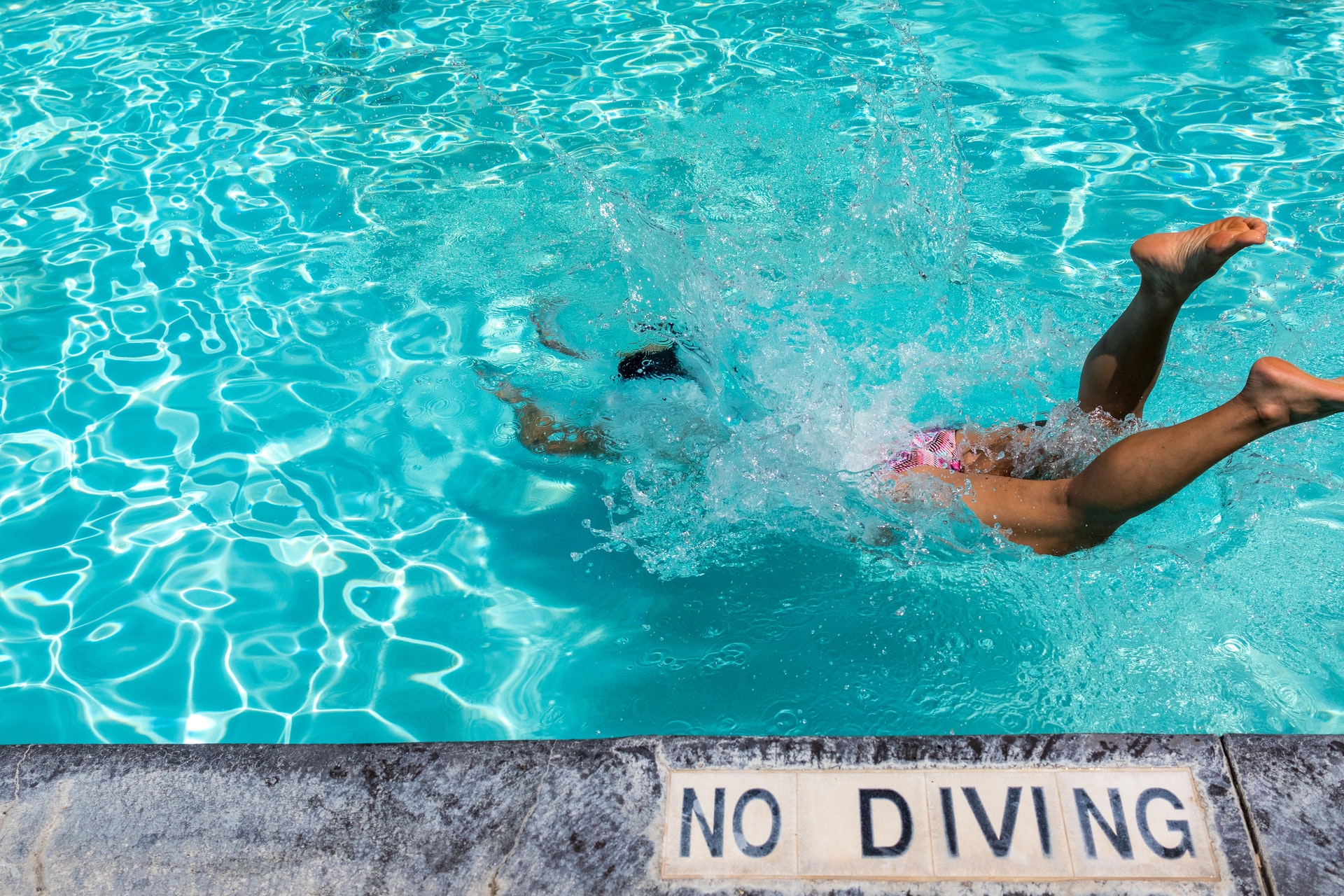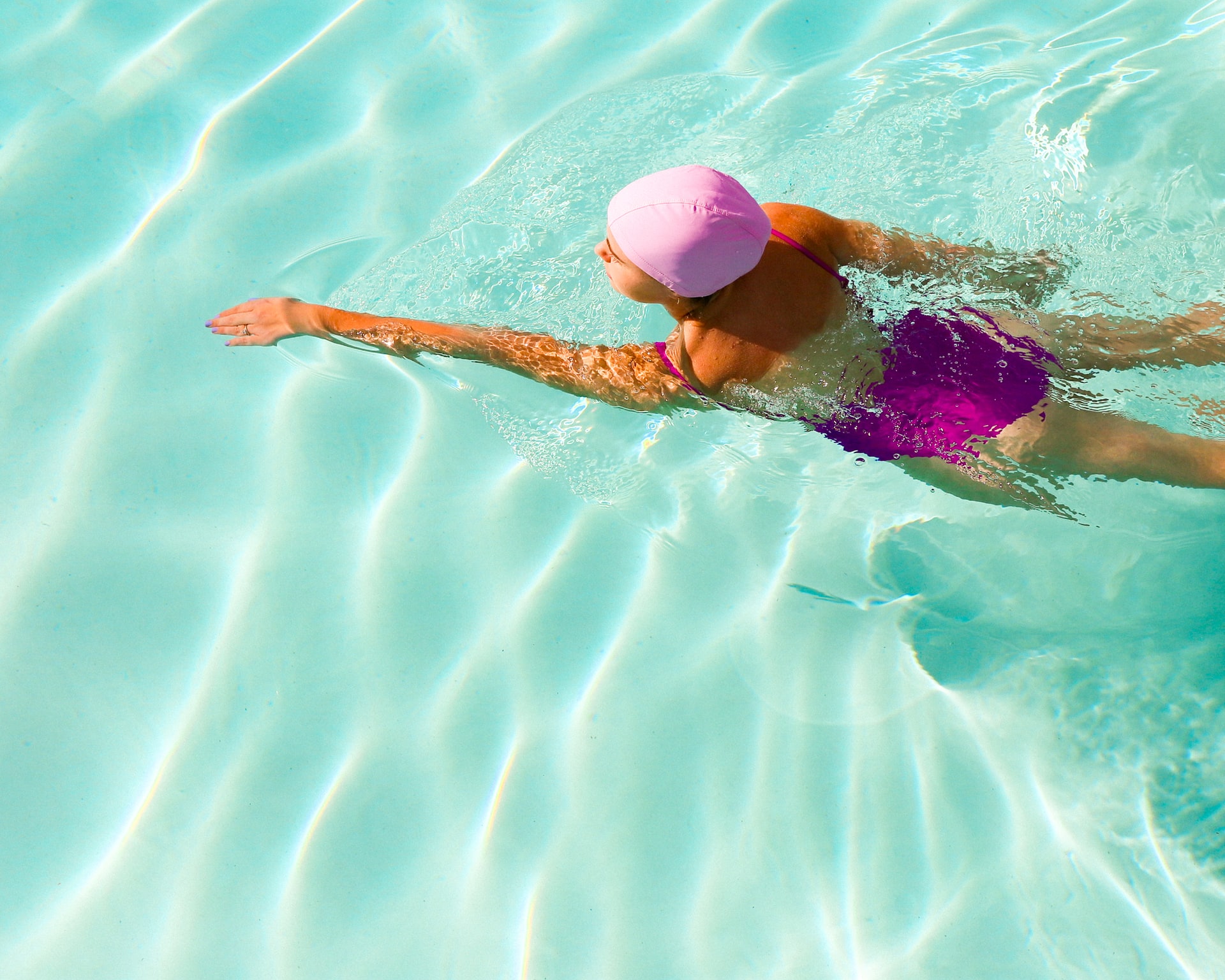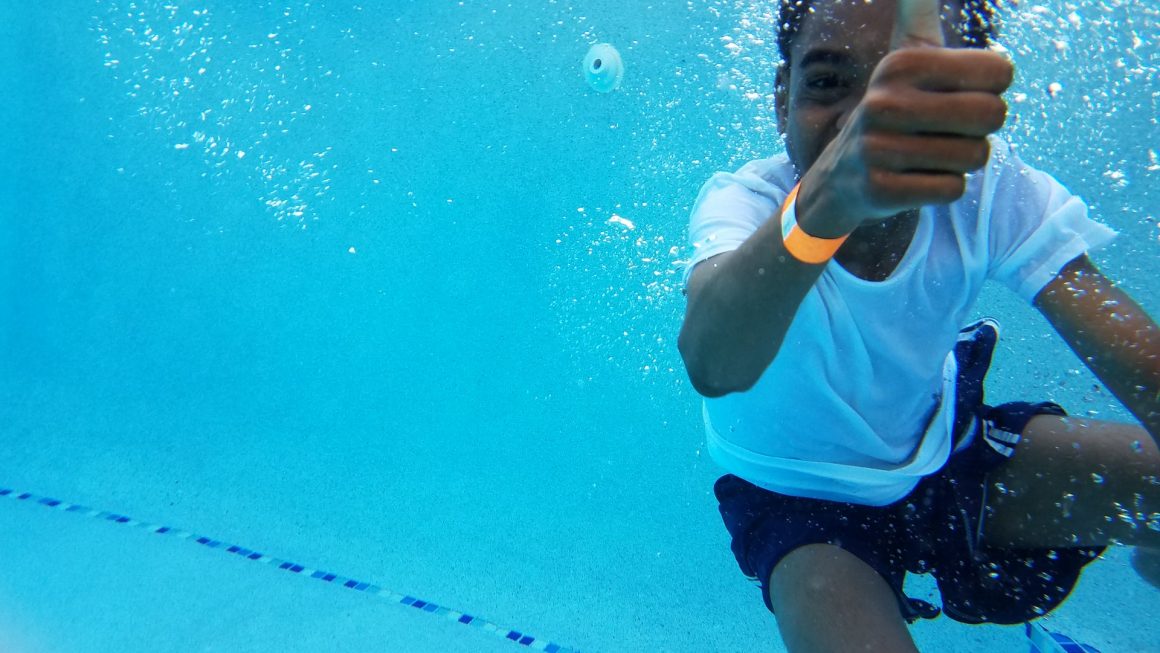Anyone who has ever attempted to coach or teach young children is aware of the difficulties involved. David Worrell, the proud owner of WeAquatics in Washington, DC, has twenty years of general swim coaching experience and ten years of experience specifically devoted to teaching children from six months to four years old. He is uniquely aware of both the benefits and challenges of teaching swimming to very young people.
David discusses three critical but frequently disregarded factors that can make or break a swim session, whether you’re considering enrolling your young child in lessons or you’re a new instructor yourself:
Soft Skills: The Underappreciated Aspect of Teaching Children to Swim
It’s crucial to clarify the topic of this post before delving into the three points. The Internet is already a treasure of knowledge when it comes to teaching swimming. When to introduce streamlined kicking, when to have pupils float on their backs, and other topics are covered. However, the focus of this article is on the frequently disregarded issue of how swimming lesson rates should behave to facilitate student success. It deals with the soft skills, communication methods, and self-control techniques required to pace and lead a lesson with a very young swimmer.
First, understand who you are teaching.
The first important consideration that many swim instructors miss is the need to be aware of your students’ needs and expectations. You won’t get many synchronized leg or arm motions, for instance, if you’re teaching swimming to a child under the age of three. If you go the path of attempting to do that, you will only end up with a student who is frustrated and a teacher who is dissatisfied. That’s about all a teacher can expect of pupils this age once they can propulsion themselves through the water in any capacity.
The importance of this insight in communicating cannot be overstated. As a result of the two groups’ fundamentally distinct communication styles, teaching an adult how to swim differs fundamentally from teaching a baby or toddler.
Again, failure to understand what is realistic to expect from a particular kid can quickly scuttle what otherwise might have been a fruitful swim lesson.
 Point #2: Avoid moving too quickly.
Point #2: Avoid moving too quickly.
Another typical error made by many swim instructors is pushing the student too hard too quickly, which has the opposite effect of what is intended: it pushes the learner too hard.
Attempt to Make Minor Improvements
When working with extremely young children, teachers must pay close attention to the abilities being developed. You should make sure that each lesson is structured so that you make small progress during the duration of teaching. Never transition between steps without tying concepts and lessons together. Young students become confused when you bounce wildly from one concept to the next or if the gap between skills is too great, and bewilderment frequently results in useless resistance.
The Key Is Short, Regular Lessons
Young children learn to swim successfully through muscle memory rather than verbal cues. Short, frequent lessons are far more effective with young swimmers because of this. Expecting to spend even a half-hour or an uninterrupted hour in the pool with a young child is unrealistic. Lessons should normally be spread out over the course of a week in a series, and they shouldn’t run longer than eight to twelve minutes. Young students learn in this way. This is what you can anticipate in terms of the timetable, whether you’re a teacher or a parent.
Reduce distractions and critics
Short classes not only assist students focus for the duration of the course, but also allow for the formation of that essential muscle memory. Young students who spend too much time in the pool at once frequently become distracted, have negative reactions to the water’s temperature, or become unduly exhausted.
Recognize a student’s level of comfort
When teaching young children to swim, you are transferring them from land (a comfortable area) to the water (somewhere they likely have little experience). The move to water can be extremely confusing and unpleasant for very young toddlers, who may even still be acquiring their bearings on dry land.
Even a child who loves taking baths may not enjoy swimming, so teachers and parents should be aware of this possibility. The learner frequently gets some water in their eyes or nose because the water is cooler and there is nothing to cling onto. You are displacing a young learner from a familiar environment in each of these ways. Lessons can still be successful even if the student feels unhappy. To teach a pupil through that discomfort, the teacher simply needs to assess each reaction for what it is and respond accordingly.
Follow the child’s development
Teachers and parents cannot expect pupils this young to adhere to a rigid routine. There is a development of abilities, but the teacher must wait for the student to demonstrate either some level of mastery or an understanding of what will happen next when the instructor sets up a certain scenario before going on to the next piece. It may take one lesson or several lessons to get mastery or adequate anticipation. It depends on the pupil and how at ease they are using that certain ability. The more careful the teacher has to be in controlling the pace of the lessons and ensuring that each time a skill is exercised, the experience of that specific skill may be memorized by the muscles, the younger the student. It will take the student longer to master the abilities if every practice attempt feels different.
Possess reasonable expectations
Parents and teachers shouldn’t anticipate constant growth in this age range. Instead, they should be patient. When a youngster cries uncontrollably on day one but calms down a little bit on day two, you know you’re making progress and the pupil is beginning to understand what the teacher is attempting to do. It’s okay if that modest increase represents the day’s progress. You’re nearly always going to be dissatisfied and irritated if you arrive with an agenda. Have faith that short, repeated lessons will eventually help you develop your swimming talents. Learning to swim will take time, just as it did for the child to learn to walk. However, everyone will have an easier experience if everyone has reasonable expectations.
Point #3: Pay attention to your body language
When dealing with this age group, your nonverbal cues and overall body language are more important than what you say. (It doesn’t simply apply to coaches. Swimmers’ body language becomes more significant as they age!
Build up the student’s trust
You must convey safety and confidence in everything you do, from how you hold a pupil in the water to what you do with your face and hands when that student becomes agitated. This is how you win over a student’s trust, and from the instructor’s perspective, this is how you win over a student’s guardians or parents. Students won’t let you move them past their comfort zones until they have complete trust in you and see you as totally reliable and consistent throughout the lessons. Instead, they’re going to become angry, which will just make it more difficult for you to remain concentrated on what you’re trying to do.
You can alter your hold while maintaining safety by taking into account the student’s age and level of experience. For instance, while teaching a very young swimmer to swim, you won’t initially allow any water to splash in his or her face since you want to teach them that safety comes from being held. Although the student might feel uneasy, he or she should feel safe. Establish this first, then proceed.
 Don’t Get Personal With Tantrums
Don’t Get Personal With Tantrums
Tantrums are probably nothing new to you if you have young children or if you’ve ever worked with them. No matter how challenging it may be, the objective is to maintain your composure when the pupil becomes agitated. Keep in mind that the pupil is only reacting because they are in a new scenario. You’re not the focus of this, so don’t make it personal. Allow each student to set his or her own pace for lessons, and use the student’s body language and reactions to gauge what you should do to comfort him or her and keep the course on track.
Remain calm. Always.
Be conscious of the message your body language is sending to the pupil at all times. If you become agitated or allow your actions to become less careful or controlled in response to a young swimmer’s discomfort, you are just serving to reinforce the swimmer’s feelings of unease. Throughout a lesson, remain composed at all times, and try to avoid making any superfluous motions.
Contemplate the War of the Wills.
Students will occasionally become irritated in ways that are illogical. The child is crying, and you’re not trying to float, grab the wall, or do anything. Typically, a student is trying to see how angry they can become before you, your parents, or the teacher end the lesson. This terrible “battle of the wills” is taking place. In this game, the player who breaks first loses. The student wants to see who will break first.
You’re only teaching the student to act in this way each time he or she doesn’t want to participate in a session if you cave and finish the lesson early. It’s much more crucial to maintain and project calm in these circumstances. It’s possible that you won’t accomplish much that day, but don’t adjourn the lesson early.
Don’t pick them up right away.
You don’t have to take a student home right away just because they are sobbing. In the big picture, it could be harmful to stop what you’re doing to console them. Understandably, this may be a difficult line for instructors to tread, but you don’t have to rush to pick up kids as long as you’re holding them firmly and safely and projecting calm through your touch and demeanor. The learner will learn that he or she doesn’t need to be upset just because the water is cold or there is some water in their eyes or nose if you don’t attract too much attention to the tantrum.
Making teaching moments is the key to ensuring that kids learn from their aquatic adventures. Although no lesson is flawless, there is always something a learner may gain from it. A strong swimmer is one who can adapt what they’ve learned to various situations while keeping their composure.




